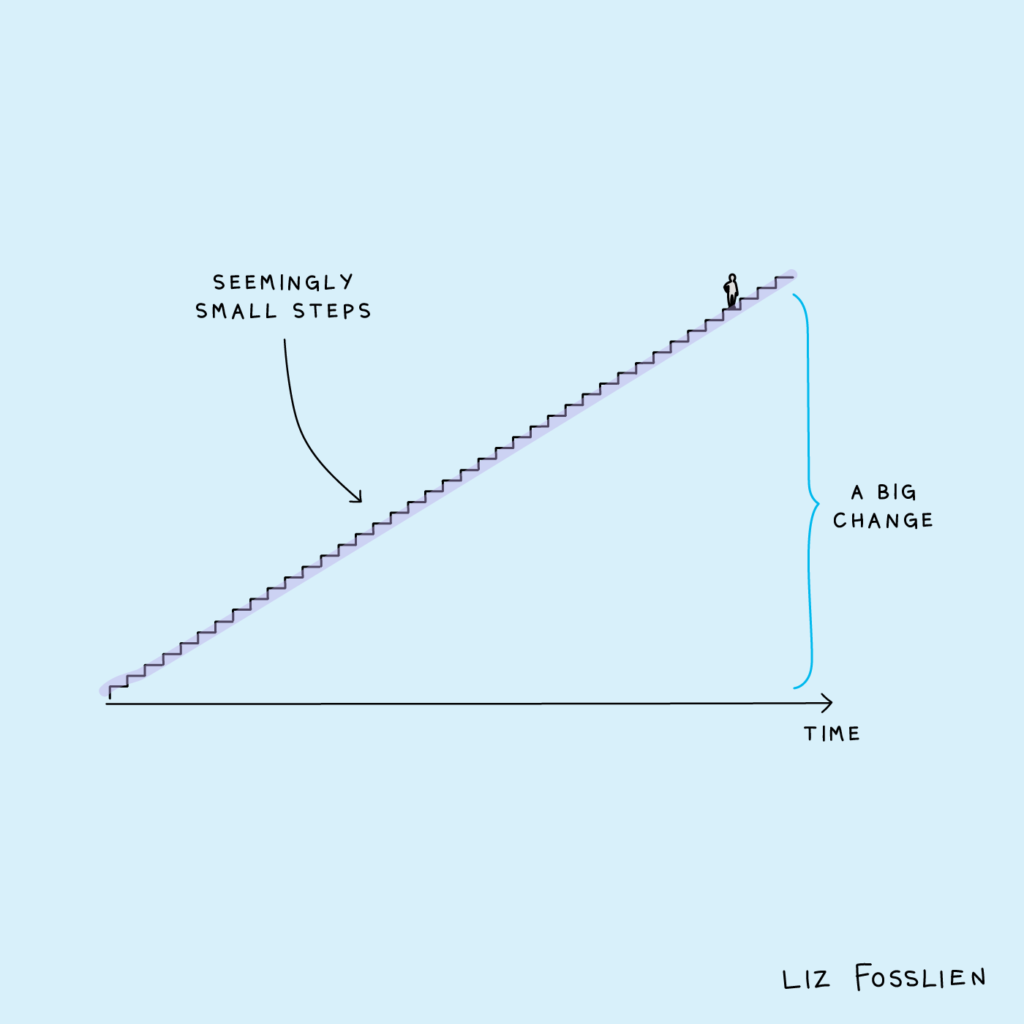Storytelling is inherently powerful because it is deeply ingrained in our human nature, tracing back to ancient cave paintings and the tales shared around fires during hunting expeditions. In today’s business landscape, stories continue to hold tremendous power, even as they have transitioned to contemporary social media platforms. By leveraging five impactful storytelling strategies, you can cultivate profound connections with your audiences, establishing a lasting and meaningful bond:
🧙♂️ The mystery story
🦸♀️ The transformation story
🙌 The community story
👺 The satirical story
🗯 The interactive story
Great examples of storytelling in business are here 👉 https://www.entrepreneur.com/growing-a-business/5-storytelling-techniques-for-your-brand-to-move-the-world/453335




